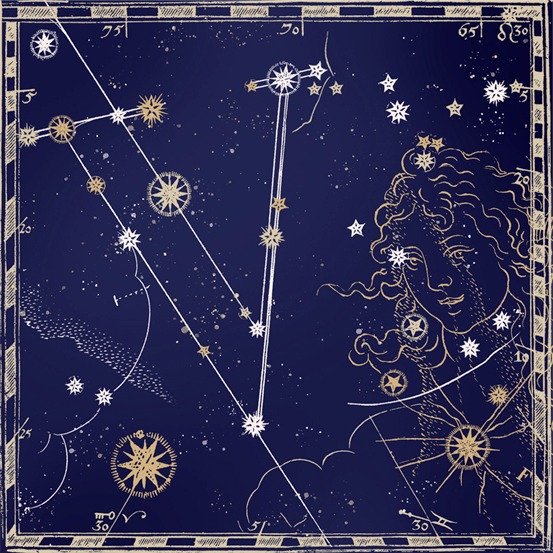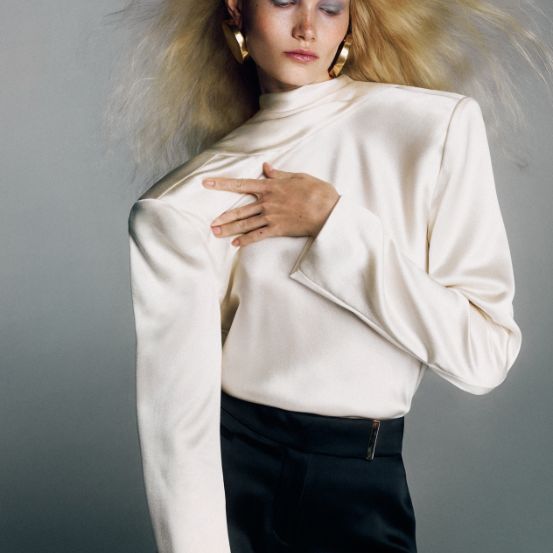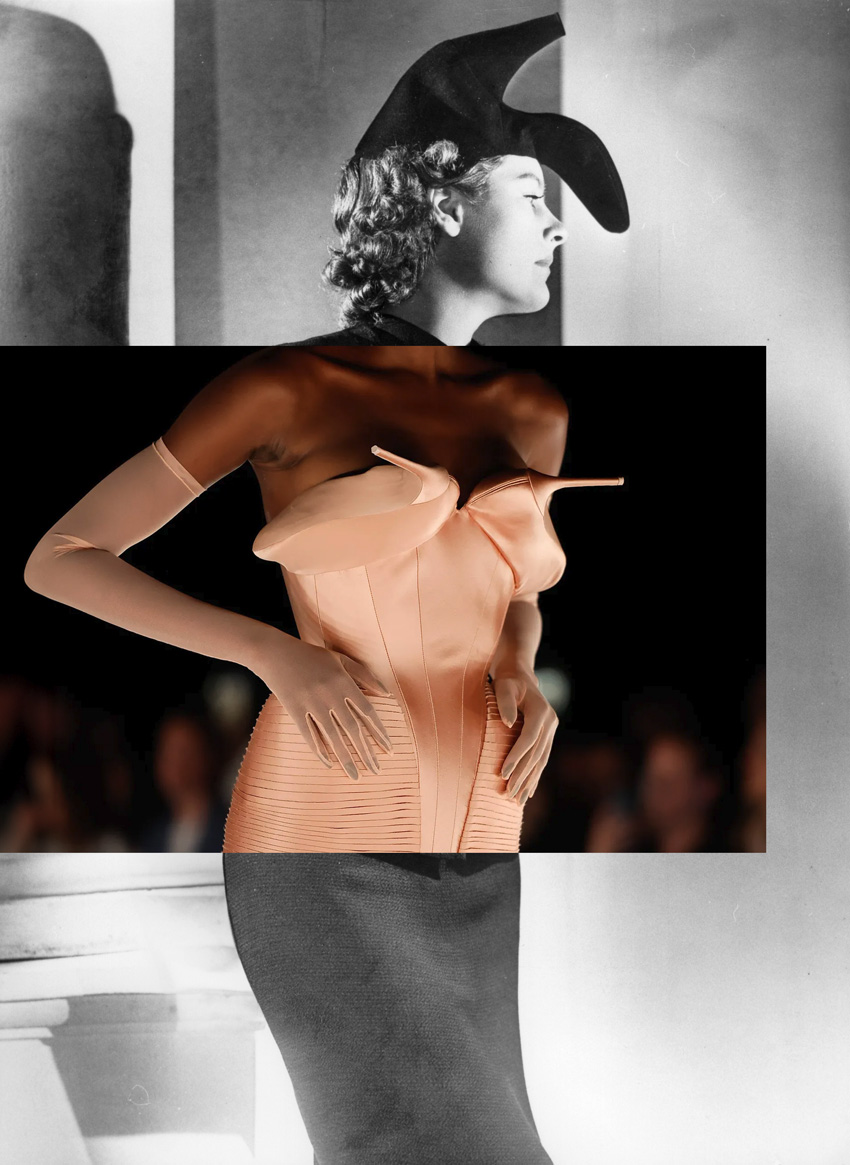The Big Book of Trends
We're going through a new Renaissance. Forget frescoes and sfumatos, today's reinventions are taking place one leg at a time. As fashion becomes ever more lucrative, the legacies of yesterday's maisons are becoming irresistible to those hungry for profits.
It's a great time to be a fashion lover. The industry is completely rooted in the mainstream. There have never been so many eyes fixed on the development of fashion and, as such, it has never been better. Although we can debate nostalgia, the fact is that the attention the industry is getting now is attracting miraculous investments. Yes, there's a lot of bad when our interest becomes a common interest. Mentalities of “I liked them before they were famous” fill our minds and sometimes even slip through our lips. But we can't let such pettiness invade our minds. We focus almost preoccupiedly on the positive side of this growth - if we dwell on the negative, we'll never shut up. Okay, maybe just for a little while. “Ah, Schiaparelli was founded around 2018.” When I heard those words on a podcast, I felt my blood boil. Not that I expect everyone to have the same knowledge as me when it comes to fashion, but hearing such mistakes makes me appeal to a deity I don't believe in. Many are those who seem confused about the workings of the industry's oldest brands. For the more casual fashion lover, the existence of brands like Schiaparelli or Courrèges can be confusing. But even if believing that there are brands that are “artificially” revived breaks the glamorous façade of the industry, the concept is not difficult to grasp. Consider this text as an explanation of the current environment in the fashion world, or rather, as a detailed guide to what to do - and more importantly, what not to do - when it comes to reactivating a brand.
If it's a lesson you want, it's a lesson you'll get. Put the cell phones away and pay attention to the board. There are a few steps to take if reactivating a brand is the goal. You start with the less exciting stages, which are always the first. Before we can get to the exciting creative processes and exercises of artistic egos, we have to go through the purpose of a revival - money. Despite its consecutive attempts to deny it, the fashion industry is just that - an industry. Although it presents itself as a glamorous and artistic exploration of self-expression, fashion has a purpose that escapes its charm: profit. As such, someone has to want it, in this case, an investor, someone who is willing to pay for a designer's creative adventures. Well, of course, it's not kindness that drives this decision, but faith, the hope that the investment will yield a considerable return. But in the age of mainstream fashion, it certainly won't be difficult - many are thirsty to break into the increasingly popular and profitable industry. In 2024, Bernard Arnault, founder and owner of the LVMH group, responsible for brands such as Dior and Louis Vuitton, is one of the richest men in the world. We might wonder why an old brand should be reactivated instead of founding a new one, but the question won't stop us for long. The logic is actually quite simplistic: if you've succeeded once, you'll certainly succeed again. From the customer's point of view, it's much easier to sell the idea of something that has a legacy, especially in the luxury fashion industry. The reason for this law is simple: when you ask a customer to spend hundreds, often thousands, of euros for a good that can be found for mere tens, you need to give a justification, and quality is not enough. When you buy luxury, you buy status, you buy legacy. It's difficult to establish such a story from scratch. However, if a brand has been around for centuries, marketing writes itself. Luxury is fictitious - it is only considered when a group of people agree on its status. If there is a history of tens, often hundreds of years, then you don't need to convince anyone that something is a luxury, millions of others have accepted it long before.
Right, now that the boring phase is over, we can enter the second phase, arguably the more challenging of the two: creative direction. Money isn't enough, you need a designer who is the messiah of a company. Unlike the financial aspect, the challenge of rehabilitating a brand is more considerable than simply starting a brand from scratch. If founding a line were the concern, a creative director could simply implement its vision, stamp out its visual language, and worry about evolving it in future seasons. However, the challenge when it comes to the rebirth of a brand is based on maintaining a pre-existing legacy. It can't simply be something new, that would be a complete violation of the agreement made when deciding to reactivate a brand. If such a choice is made, it is assumed that there is the intention, or at least the desire, to continue something that has come to an untimely end. Similarly, it can't be something based entirely on the creations of the past - then it would be mere imitation. Not to mention that the vision of the past is often antiquated. The brand's codes need to fit into the industry of the present. Materials, silhouettes, accessories: all must be able to appeal to modern sensibilities.
This extremely sensitive balance also needs to fit in with the industry environment. Take, for example, what may be the best proof of this pious miracle: Schiaparelli under Daniel Roseberry. The genius of such an orchestra is inspiring. Before we can analyze Roseberry's intervention, it's necessary to understand the brand's DNA - just like the designers previously discussed, we need to know what we're talking about before we speak. Schiaparelli was founded in 1927 by Elsa Schiaparelli as a brand that blurred the lines between art and fashion. Part of the Surrealist group of artists, the Italian designer opened her clothing and accessories line in Paris as a solution to the question “Can you wear art?” The answer - evidently positive - was illustrated in her hats, shoes, lobster dresses, and extravagant buttons. Based on the works of her contemporaries, such as Salvador Dali, Schiaparelli was often inspired by the human body: bones were accessories, muscles were embroidered and eyes stuck out like earrings in the ears. Schiaparelli's creations were an undeniable success in the French market in the first half of the 20th century. Unlike her competition, which focused on simplifying or enduring Moda's legacy, the Italian designer concentrated on expanding it. However, like all good things, Schiaparelli's reign at the top of the industry also came to an end. The Second World War and the subsequent Nazi invasion of Paris ruined the business and, after such traumatic events, Elsa decided to close her clothing business in 1954, keeping only the brand's most popular perfumes. It wasn't until more than 50 years later, in 2007, that an investor recognized the Maison's potential. Businessman Diego Della Valle bet on the company's success and appointed designer Marco Zanini as creative director. Finally, in 2014, Schiaparelli presented its first collection in six decades. But the first attempts were less successful. In this case, Schiaparelli had only the first component of the formula described above. Although brimming with investment, the brand lacked a strong creative direction. That is, until 2019, when Daniel Roseberry was hired. Even with two months to create his first collection, the difference was remarkable. From his first collection, Roseberry returned the brand's name to its previous global status. Although through his lens, the American designer cleverly appeals to Schiaparelli's legacy. Anatomical themes and natural references return to Haute Couture in Roseberry's hands, always with a surreal tone.
Schiaparelli's unparalleled success inspired a series of revivals. Many have understood the potential of reactivating brands that, although successful in the past, have met less fortunate ends. Floating to the opposite aesthetic extreme from Schiaparelli is another reborn brand: Carven. Founded in 1945, the then-haute couture maison was the brainchild of Marie-Louise Carven. Although initially conceived as a line for petite women, the brand ended up becoming synonymous with lightweight materials and one of the first to establish a ready-to-wear line. Its success, although not astronomical, was remarkable within the French market, establishing a loyal clientele. However, after its founder retired in 1993, the brand failed to survive. That is, until 2009 when the Chinese group Icicle acquired the brand. As with Schiaparelli, the first attempt was unsuccessful. Guillaume Henry was the first to take creative control of the brand. Under his control, the Maison focused on minimalist silhouettes - essentially, the stereotype of the so-called French style. At the beginning of 2023, British designer Louise Trotter was hired as Henry's replacement. Through her vision, Carven re-entered the zeitgeist of the fashion industry. Her minimalist style, combined with the Maison's legacy, has proved to be a triumphant recipe. Courrèges experienced something similar, with funding from François-Henri Pinault, son of the owner of Kering, the second largest luxury brand conglomerate. With his support, the brand famous for its Space Age design put Nicolas Di Felice in charge of its management. The beige designer's characteristic modest sensuality adapted to the Courrèges codes perfectly. Rochas, Poiret, Balmain - there are plenty of examples of this peculiar phenomenon. In all cases, one law remains: without creative direction, it doesn't matter how much money is invested. There is a reason why designers are the real stars of the industry, without them, there is no fashion. As the industry grows and attracts those seduced, not by the fantasy it sells, but by the profit it promises, the recognition of creatives cannot be discounted or forgotten, it is at their expense that Fashion is made.
Translated from the original in Vogue Portugal's The Big Book of Trends, published September 2024. Full stories and credits in the print issue.
Most popular


Relacionados
.jpg)


LightHouse Publishing x Street Smash Burgers: uma noite no escritório da Vogue Portugal
19 Dec 2025
 (14).png)



